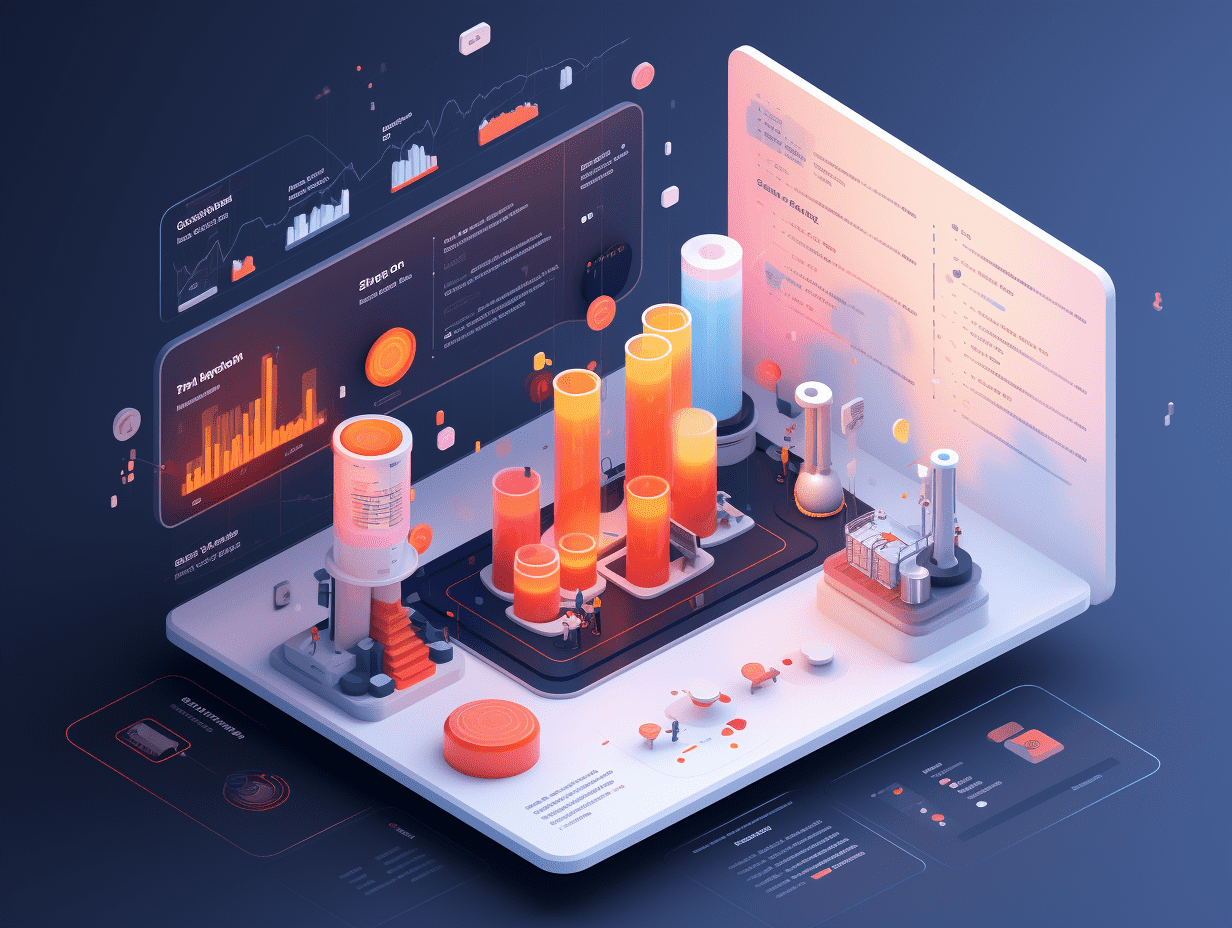Tariff clouds hit risk appetite hard, the micro-cap stocks' soaring momentum temporarily comes to an end.
With the tariff storm raging again, microcap stocks went from "leading the way" to facing a "head-on blow". After US President Donald Trump threatened to raise tariffs on China, the Russell microcap stock index fell sharply by 3.1% last Friday, marking the largest decline since April.
For several months, investors in micro-cap stocks, which are the smallest and most speculative stocks in the U.S. stock market, have been enjoying a historic rally that has outperformed the broader market. However, the threat of Trump's tariffs has increased market risk appetite, and they have been reminded by a near brutal sell-off how fragile market speculation confidence can be. Since April, micro-cap stocks have consistently outperformed the overall U.S. market, and the core driver of the rebound is undoubtedly the optimism surrounding global stock markets following the easing of Trump's tariff policy since April, which has seen a recovery from the aggressive tariff-induced sell-off in early April.
Since the second half of the year, warnings from Wall Street analysts about micro-cap stocks outperforming the broader U.S. market have been weakening the momentum of micro-cap stocks. Some analysts even pointed out that periods of significant outperformance of micro-cap stocks relative to the S&P 500 index do not always coincide with periods of positive market sentiment.
With the return of tariff tensions, micro-cap stocks have gone from leading the market to being hit hard. The Russell Microcap Index, which measures the overall stock price trend of U.S. companies with an average market capitalization of about $450 million, plummeted by 3.1% last Friday, marking its largest decline since the global market turmoil in early April.
Prior to last Friday, President Donald Trump's threat to escalate tariffs against China had broken the extremely optimistic "risk appetite" sentiment that had pushed this group of stocks to approach record highs for the first time since 2021. The renewed trade tension expectations had a strong impact, causing global stock markets to decline, with the benchmark U.S. S&P 500 index falling by 2.7% on Friday.
Since April, this micro-cap stock benchmark has consistently outperformed the broader U.S. market, and its rise is very similar to that of hot stocks related to artificial intelligence - although Wall Street analysts have started to worry about the historically high valuations of this group. The strength of the micro-cap stock group demonstrates the excitement around the market's recovery from the tariff-induced downturn that began in early April, attracting investors to the most speculative corners of the market.
The Federal Reserve's resumption of rate cuts after 9 months and the continued rise in rate cut expectations undoubtedly are key factors in the micro-cap stock's outperformance against the S&P 500 index. According to historical patterns, the resumption of rate cuts by the Federal Reserve is first beneficial for small-cap stocks. If the Fed officially starts a rate cutting cycle and the U.S. economy remains resilient, the momentum of U.S. stocks is very likely to continue to rotate to mid-cap and small-cap stocks that have suffered long-term declines in stock prices since 2022, stocks that are extremely sensitive to interest rate expectations. Even a small rate cut is expected to increase their stock prices and valuations, especially for high-quality micro-cap stocks supported by performance.
However, micro-cap stock investors were suddenly awakened.
"When you see selling like this, those micro-cap stock assets would be the first place people go to take profit or withdraw because these stocks naturally carry more risk," said Paul Hickey, co-founder of Bespoke Investment Group, a top Wall Street institution.
Record levels of global retail investor buying volume and the continued increase in expectations of Fed rate cuts make micro-cap stocks very likely to outperform higher weighted benchmark stock indices for the first time since 2020 this year. As shown in the graph, in the U.S. stock market, the smallest stocks are significantly outperforming the tech giants.
Recent statistics show that the average market capitalization of companies in the S&P 500 index is as high as $128 billion, while the component stocks of the micro-cap stock index range from Applied Digital Corp. (which provides services for data centers, with a market value of about $9.5 billion) to FlexShopper Inc. (a small-scale e-commerce website with a market value of only $7.5 million), with a market value range that is extremely wide compared to the S&P 500 index and the Nasdaq 100 index.
It is worth noting that, even before the massive sell-off in the market last Friday, the upward momentum of micro-cap stocks had already started to weaken significantly as warnings about the overly strong performance of this small market cap group and the potential bursting of the micro-cap stock speculation bubble had increased.
In a report last Friday, Bespoke Investment Group stated that the "sharp outperformance period" of micro-cap stocks relative to the S&P 500 "often does not coincide with periods of positive market sentiment. In the past 10 similar market trends, whenever the micro-cap stock index significantly outperformed the S&P 500 index by 10 percentage points as it has since the low point in April, this smaller market cap micro-cap benchmark index has generally experienced a significant decline one month, three months, and one year later. In comparison, the S&P 500 index typically records better performance in this analysis: a significant increase one year later, but at a slower pace.
"In the last six months, the smallest market cap micro-cap stocks have recorded the largest gains on average," wrote senior analyst Hickey from Bespoke. "The recent surge in small company stock prices is not completely driven by high-quality public companies, but by market speculation sentiments."
In addition to being highly sensitive to market speculation sentiments, another factor to consider is that their actual size is too small, meaning that the stock trading volume is lower. For example, the average daily trading volume of the micro-cap stock benchmark is less than half of the overall trading volume of the S&P 500 index.
"In the end, you will be trapped by such things," said Charlie McElligott, cross-asset macro strategist at Nomura Securities International. He said he was trying to avoid this area because of the lack of liquidity. "I don't even know how those investors can sleep at night."
Inability to meet institutional liquidity requirements destined the "violent fluctuations" attribute
Micro-cap stocks are usually too small in market value and have too narrow a range of trading volume to meet the liquidity requirements of large hedge fund companies or traditional asset management institutions, so they often appear on the investment lists of non-professional traders' favorite stocks. This includes many targets in a basket compiled by Citigroup Inc. of stocks favored by non-professional institutional investors, such as BigBear.ai Holdings Inc., fuboTV Inc., and Richtech Robotics Inc., which have experienced extreme volatility this year.
Despite nearing historical highs, micro-cap stock investors have been exiting this sector. A recent report from the strategy team at Wall Street giant Bank of America pointed out significant outflows from this area in recent weeks. Jill Carey Hall, head of small and mid-cap market strategies at Bank of America, wrote in a report released on October 7 that micro-cap stocks are the most expensive part of the small-cap market. The Bank of America strategy chief had previously stated in September that their outperformance performance "may have entered the second half of the game."
Nevertheless, the best-performing stocks in the index have continued to provide significant investment returns that fund managers cannot ignore.
DeFi Development Corp., a blockchain developer that analysts widely expect to post huge losses per share over the next two quarters, has seen its stock price soar by over 2,000% this year. The Oncology Institute, which operates small clinics in several states has seen its stock price rise by over 1,100%.
Related Articles

Goldman Sachs: By 2026, American households will become the "strongest buyers" of US stocks, with net purchases potentially reaching $520 billion.

After being criticized for their "fantasy economics," the UK Reform Party quickly made a U-turn: abandoning their promise of a 90 billion pound tax cut.

"US junk bonds see the worst drop in six months, and sensitive investors are starting to recall 2007."
Goldman Sachs: By 2026, American households will become the "strongest buyers" of US stocks, with net purchases potentially reaching $520 billion.

After being criticized for their "fantasy economics," the UK Reform Party quickly made a U-turn: abandoning their promise of a 90 billion pound tax cut.

"US junk bonds see the worst drop in six months, and sensitive investors are starting to recall 2007."

RECOMMEND

Comprehensive Subsidy Phase-Out: Is China’s Auto Market Nervous Ahead of Golden Week?
30/09/2025

“A+H” Listing Momentum Continues as 20 A‑Share Companies Plan Hong Kong IPOs, PCB Leaders Dongshan Precision and Hoshine Among Them
30/09/2025

Copper Poised as the “New Oil” as Western Grids Lag Behind China, Goldman Sachs Warns
30/09/2025


